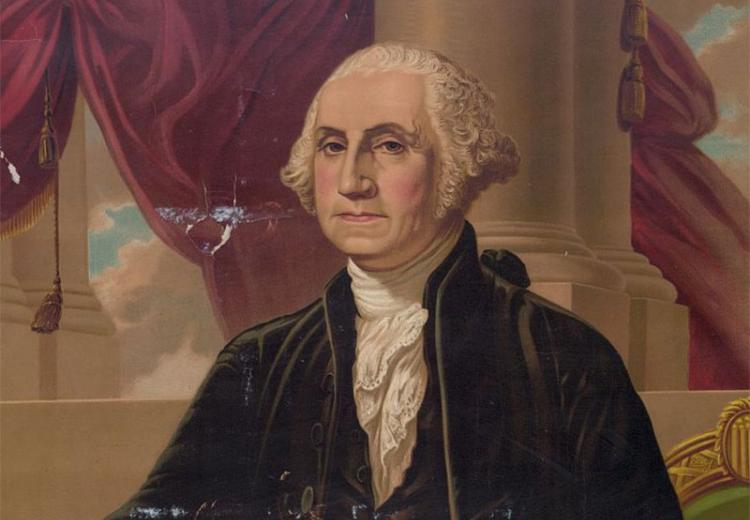Washington and the Whiskey Rebellion

Portrait of George Washington by A. Weidenbach.
This lesson plan examines a critical episode in George Washington's second administration, when federal efforts to collect an excise tax on liquor sparked armed resistance in the frontier communities of western Pennsylvania. Students first review the events that led up to this confrontation, then read from the diary that Washington kept as he gathered troops to put down the insurrection. Focusing on Washington's account of a meeting midway on his march, with spokespersons for the rebels, students outline the arguments on both sides and explore the risks and benefits of the options Washington had before him: whether to uphold the law with military force or withdraw and let the already-waning rebellion sputter out. After debating this choice, students consider the political climate of the times, as reflected in the message Washington delivered to Congress upon his return from the frontier, and consider how far Washington's actions in the Whiskey Rebellion crisis were motivated by politics rather than principle. Finally, students return to the central issue raised by the Whiskey Rebellion to compare Washington's decision with the those of later presidents who faced this same question of constitutional authority: When is the federal government justified in using force against American citizens?
Guiding Questions
Was Washington's response to the rebellion justified?
Learning Objectives
Evaluate the significance of the Whiskey Rebellion of 1794 to the early history of the United States.
Analyze George Washington's rationale for using military force against citizens.
Evaluate the extent to which political pressures influenced Washington's decision.
Examine the merit of Washington's policy in light of more recent challenges to federal authority.
